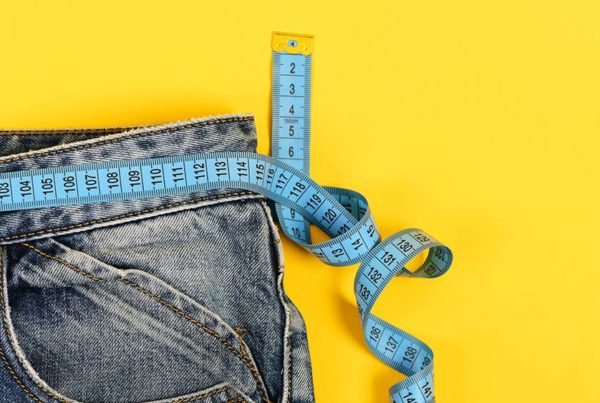This title has a certain ring to it – like the first line of a good song I never wrote. It’s one of those obvious statements, but also one that’s important to make. And, like a good song, it has truth to it. What does it really mean?
A healthy body is much more capable of healing itself. In fact, it’s obvious that this occurs all the time. Likewise, a healthy patient can do much more healing than we can provide. It’s the less-than-healthy patient that requires our assistance much more, and in more ways than one. Yes, we can help our patient recover from some acute or chronic dysfunction, or help reduce pain. However, in looking back at a successful case, we never really know how much help we provided, and how much of it was the patient’s body doing the work. Most likely, it was the right combination of both, as the patient must respond to what we do, or nothing happens.
The examples can go on, but we all have experienced the joy of treating certain patients, and the agony of defeat by others. And, we’ve all experienced the situation where the patient gets better without treatment, such as between the time they call for an appointment and actually get to our office, or following an examination where no treatment is rendered: “Wow, doc, whatever you did sure made me feel better!”
Regardless, what’s important is that the patient got better. Now our work really begins. Before I talk about that, thought, let’s first look at a hypothetical case – a patient with chronic low back pain. One of the first questions I would ask myself when confronted with this patient is: Why hasn’t their body fixed this problem? The answer to that question, often more than one, becomes the most important basis of the most important part of patient care.
There are many answers as to why a patient could not correct their own problems. He or she may have been unable to control the secondary inflammation associated with some micro-trauma. While I can provide a fish oil supplement to balance eicosanoids, in a real way I’m treating symptoms. This problem more than likely was caused by poor eating habits maintaining an unhealthy ratio of omega-6 to -3 fats.
In another case, I can improve the motor pathways to some abnormal muscle inhibition causing joint pain, but doing that may also be symptomatic treatment. Perhaps some seemingly minor brain dysfunction not allowing proper compensation or even self-correction of muscle imbalance is due to poor oxygenation to the brain as a result of poor fitness.
The bottom line is that a healthy body can fix most of its structural, chemical and mental problems. That’s not a new concept for most of us, we all do this subconsciously all day long with the help of our conscious choice to eat right, maintain our fitness and control stress. It is this aspect of practice that makes it holistic – helping patients understand the process to a healthy body. When this happens, they can take care of themselves better, they’ll need us much less, and they will refer many more patients.
My practice consisted of two important parts; my hands-on work, and the other half dedicated to teaching patients how to be healthy through diet, exercise and controlling stress. This other part was accomplished through one-on-one consulting.
Dr. George Goodheart often talked about being a “real doctor” in his lectures and writing. He reminded us that the word doctor means teacher. As a student, I took this very serious and applied it my life and eventually my practice.
While I’m no longer in private practice, I continue teaching just like I did in my office. This is accomplished through writing and lecturing, and indirectly with my music. The effectiveness is not unlike being in practice; people can reduce their stress so their bodies can correct many “downstream” secondary problems. Teaching people to generate alpha brain waves, for example, can significantly reduce cortisol much more than stimulating any adrenal reflex. And, improving oxygen uptake through better fitness can help many aspects of brain function, especially motor control.
Many doctors ask me how to implement this aspect of care in a more traditional office. My advice is to keep it simple. First, decide you’re going to do it. The use of short, well-written single-topic materials is very effective. I did this for several years and each handout took on the appearance of a small chapter of a book, which is how my first book was born. Other trained office staff can also help with the teaching process.
Helping patients understand how to control blood sugar (to help adrenal function), balance fats (to control inflammation), avoid unhealthy foods (for better gut and immune activity) and improve fitness (to increase brain function and reduce body fat) will improve their quality of life and make our job much easier.
This is all accomplished with the understanding that everyone, the patient and each of us, has a responsibility for our own health. The lack of personal responsibility may be the biggest problem any health care system – people rely on insurance companies or the government for their health instead of taking responsibility by being healthy.
While we often have to deal with immediate symptoms or risk losing the patient, we can be truly holistic while delivering better care, help patients help themselves, and teach by example.








